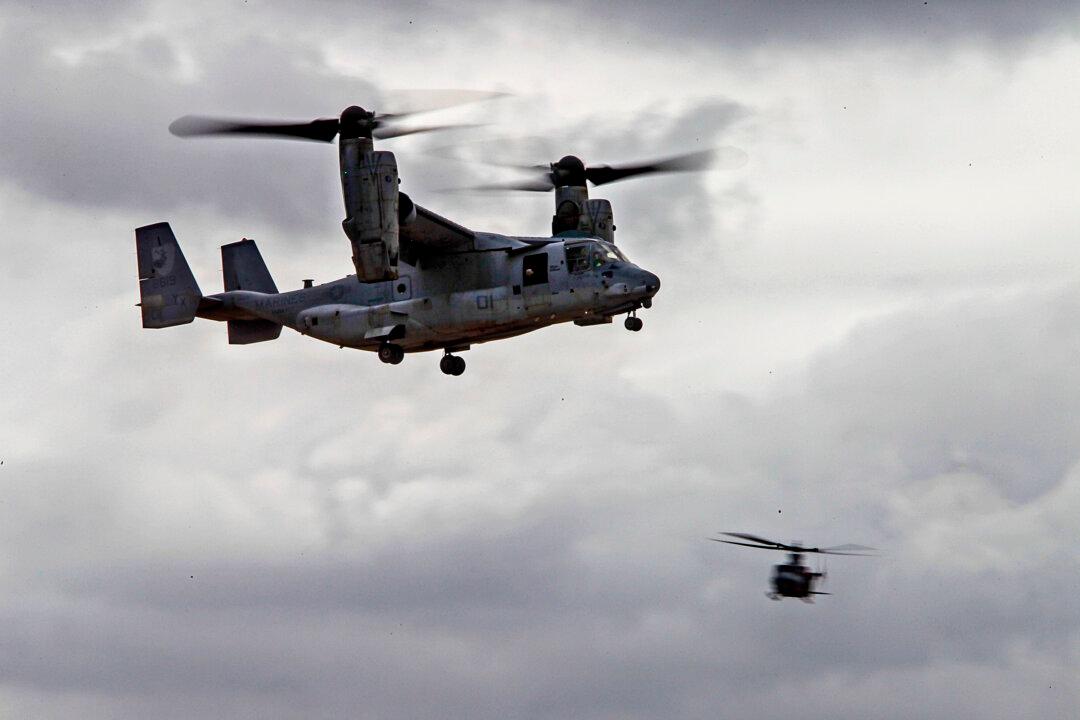By Andrew Dyer
From The San Diego Union-Tribune
SAN DIEGO—A spate of military aircraft crashes over recent months is again raising questions about the Pentagon’s approach to safety and training across military branches.
In June, six service members died in two Southern California crashes—a Lemoore, Calif.-based F/A-18E pilot on June 3 in San Bernardino County and five Camp Pendleton-based Marines in an MV-22B Osprey that crashed in Imperial County June 8.The next day, June 9, a San Diego-based MH-60 Seahawk helicopter also crashed in Imperial County, with all aboard surviving with minor injuries.





